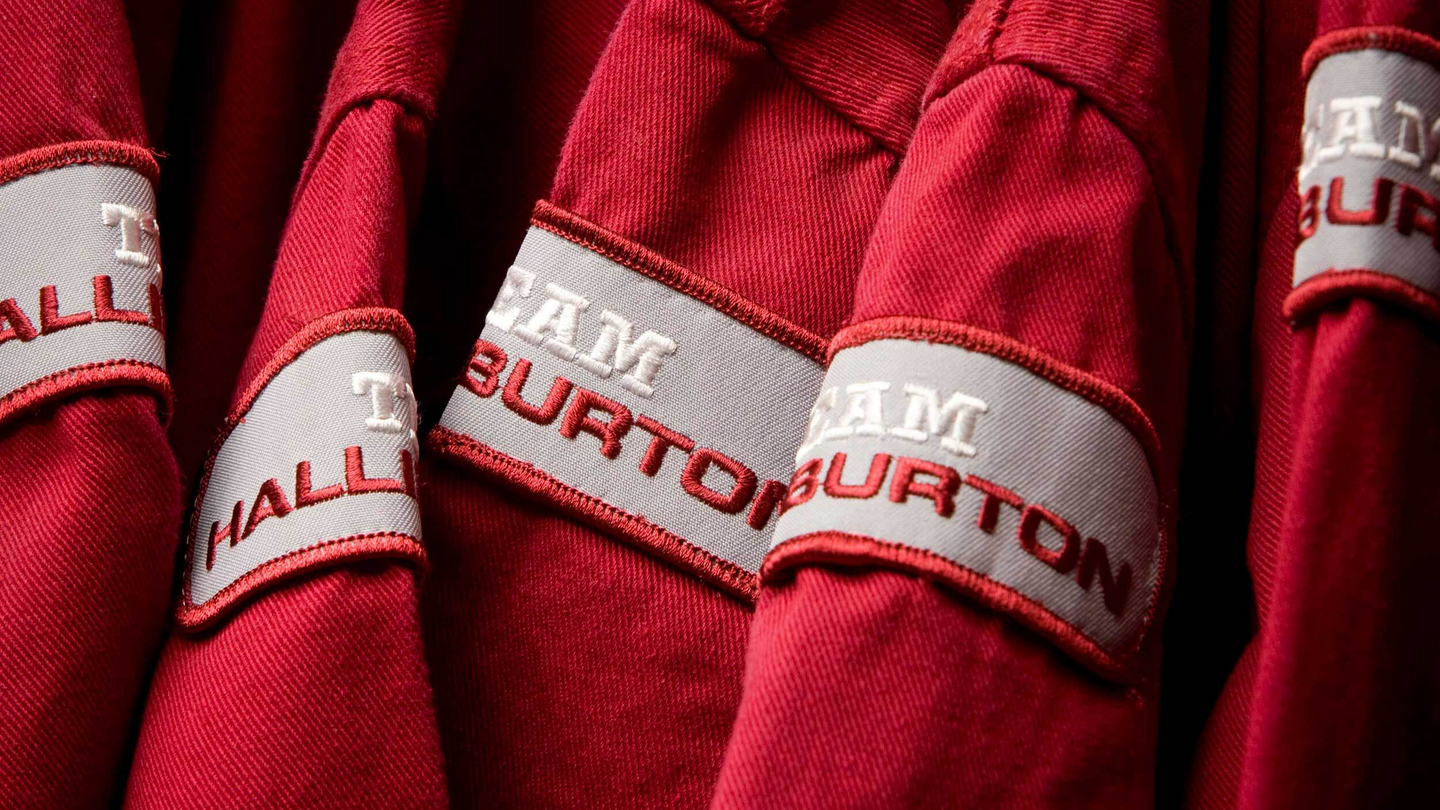 Search
Search
 Search
Search
Quasar Trio® M/LWD triple-combo service reduces well time in extreme-temperature well offshore Thailand
Download PDFDeep Water

Assess the deep pay potential of well with high temperatures

Gulf of Thailand

Sperry Drilling engineered a drilling solution:
During a recent drilling campaign, an operator attempted to drill the longest 6.125-inch openhole section in the Gulf of Thailand to date. The challenge was to drill from the 7-inch casing shoe to section total depth (TD) at 16,486 feet (5,025 meters) with one bottomhole assembly (BHA). Temperature gradients in the Gulf of Thailand are among the highest in the world. On some platforms, the estimated bottomhole circulating temperatures exceed the rating of conventional high-temperature logging while-drilling (LWD) tools.
At deeper depths, as formations become more complex, the management of drillstring vibrations is essential to ensure reliability of the drilling assembly and LWD sensors. Halliburton Sperry Drilling provided reservoir insight through real-time logging and petrophysical data from the Quasar Trio measurement-while-drilling/LWD (M/LWD) triple-combo service to help the operator assess the deep pay potential of this well in an extreme high-temperature environment. The operator was able to maximize asset value by eliminating the need for wireline runs while increasing drilling efficiency and reducing well time and costs.
Performing LWD operations in extreme-temperature wells is challenging, as sensors must be able to tolerate the high temperatures and the drillstring’s vibration, both of which intensify at greater depths. Failed sensors can lead to conducting extra trips downhole to change tools or even drilling ahead “blind,” which increases drilling risks and wellbore placement uncertainty. With a targeted well TD of 16,486 feet (5,025 meters) and bottomhole static temperatures predicted to be higher than 392°F (200°C), the operator needed a solution to drill to final TD with maximum efficiency, reliable real-time formationevaluation data, and full control of the drilling assembly. The drilling parameters were optimized to maintain a high rate of penetration and drilling efficiency, and to minimize exposure to vibrational forces that could cause premature tool failure.
Collaborating with the customer, Sperry Drilling performed pre-job BHA modeling to ensure that drilling performance targets were met, and to minimize the risk of tool failure resulting from high drillstring vibration. The modeling helped to identify the side forces that act on the BHA, along with the critical rotational speeds to avoid.
To meet these drilling challenges, working in close collaboration with the customer, a Quasar Trio BHA comprising a pair of in-line stabilizers in conjunction with the AGS™ adjustable gauge stabilizer was deployed. This unique BHA design was initiated by the client and reviewed by the Drilling Solutions Engineering team, which conducted an analysis of three different configurations to compare the effect of side forces across the BHA. The operator chose the design option that demonstrated the best ability to mitigate the forces at play on critical areas of the BHA, while maintaining the directional performance of the BHA with the AGS, in both full-gauge and under-gauge positions.
The engineered BHA design enabled vibration to be kept under control, while obtaining reliable formation evaluation data while drilling, and eliminating the need to run wireline, thus saving 8 hours of rig time. The operator drilled 9,143 feet (2,787 meters) in a 6.125-inch hole to a section TD of 16,486 feet (5,025 meters) in 96 hours with a maximum bottomhole circulating temperature of 386.24°F (196.8°C). This was accomplished in a single run, with zero nonproductive time (NPT). The operation represented the longest 6.125-inch openhole section ever drilled in the Gulf of Thailand, thus setting a new record.
The success of this record-setting result in the Gulf of Thailand was due in large part to the close collaboration between Sperry Drilling and the operator. The main objectives were met–zero service interruptions and full logging data acquisition in an extreme, harsh drilling environment. These accomplishments helped the operator to reduce well time and maximize the value of this asset.
